The Ultimate Guide To Companion Planting With Pumpkins
The Ultimate Guide to Companion Planting with Pumpkins
Pumpkins are a popular fall crop that can be grown in many different climates. They are relatively easy to care for, but there are a few things you can do to improve their yield and quality. One of these things is companion planting.
Companion planting is the practice of planting certain plants together for mutual benefit. Some plants help to attract beneficial insects, while others help to deter pests. Some plants can even improve the soil quality or help to suppress weeds.
When companion planting with pumpkins, there are a few things you should keep in mind. First, pumpkins are large plants that need plenty of space to grow. They should be planted at least 3 feet apart, and you may need to provide them with some support, such as a trellis or fence.
Second, pumpkins are heavy feeders, so they need to be planted in soil that is rich in nutrients. If your soil is not very fertile, you may need to add some compost or manure before planting.
Third, pumpkins are susceptible to a few different pests, such as squash bugs and vine borers. Companion planting can help to deter these pests by attracting beneficial insects, such as ladybugs and parasitic wasps.
Here are some of the best companion plants for pumpkins:
- Beans: Beans are nitrogen-fixing plants, which means they can add nitrogen to the soil. This is beneficial for pumpkins, as they are heavy feeders. Beans can also help to suppress weeds.
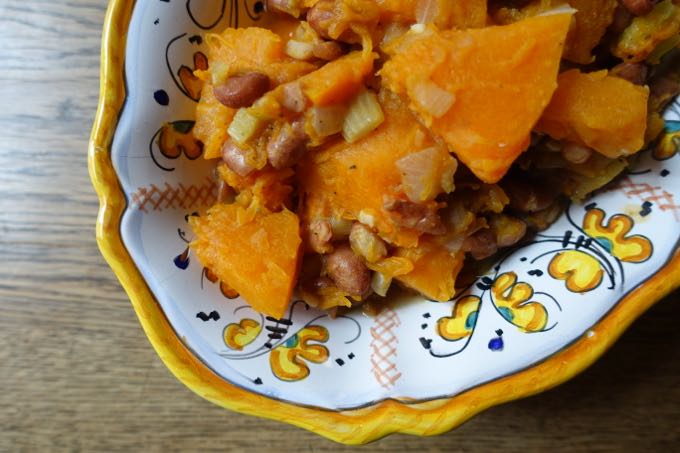
- Carrots: Carrots help to repel nematodes, which are microscopic worms that can damage pumpkin roots.
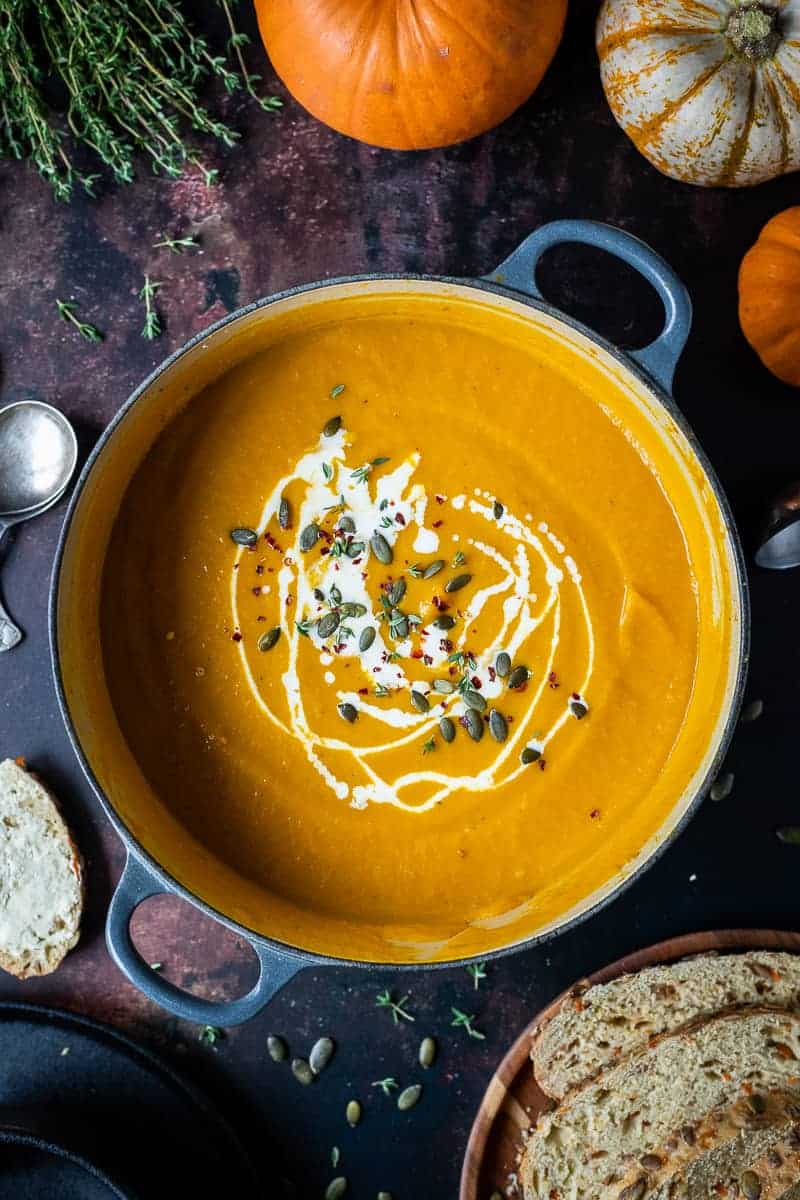
- Cucumbers: Cucumbers and pumpkins can both benefit from being planted near each other. Cucumbers help to attract pollinators, which are important for pumpkins to set fruit. Pumpkins, on the other hand, can help to suppress weeds that compete with cucumbers.

- Lettuce: Lettuce is a cool-season crop that can be planted early in the season, before pumpkins are ready to be planted. Lettuce helps to suppress weeds and can also provide some shade for young pumpkin plants.
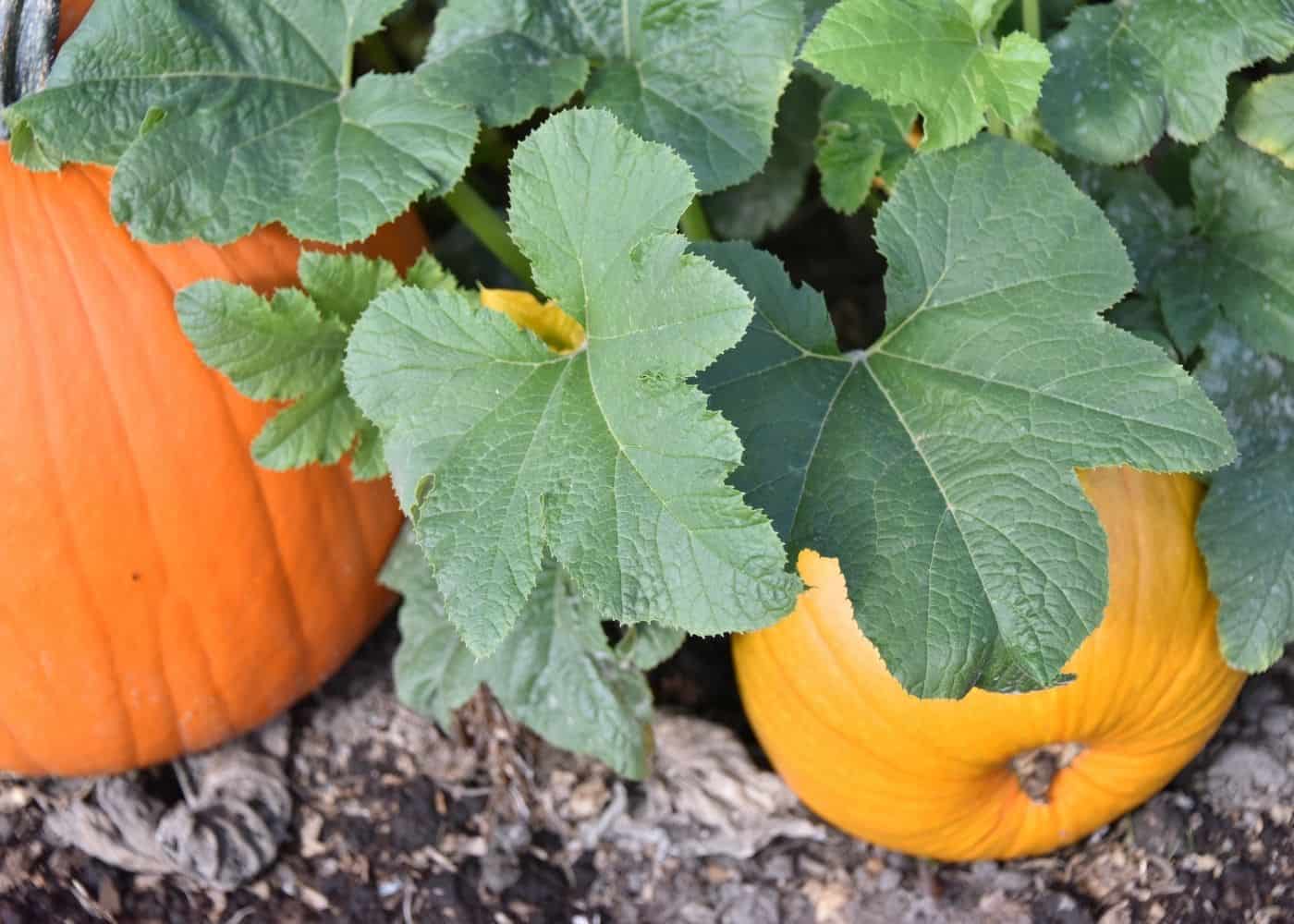
- Marigolds: Marigolds are known for their pest-repelling properties. They can help to deter a variety of pests, including squash bugs, vine borers, and aphids.
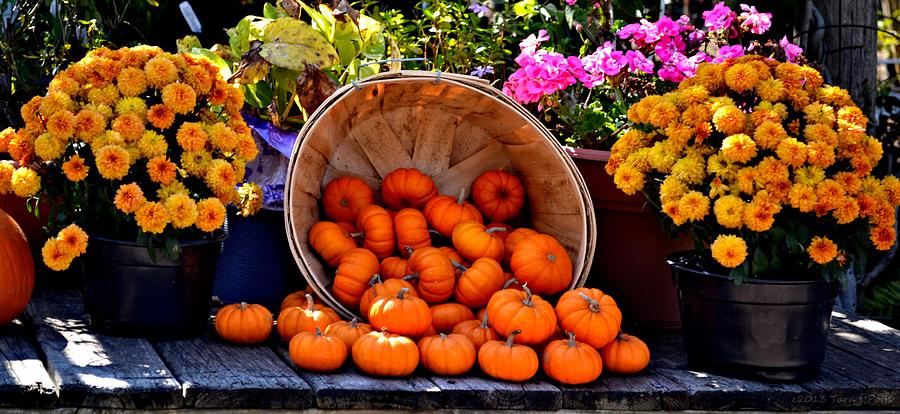
- Nasturtiums: Nasturtiums are another good choice for a pest-repelling companion plant. They can also help to attract pollinators.
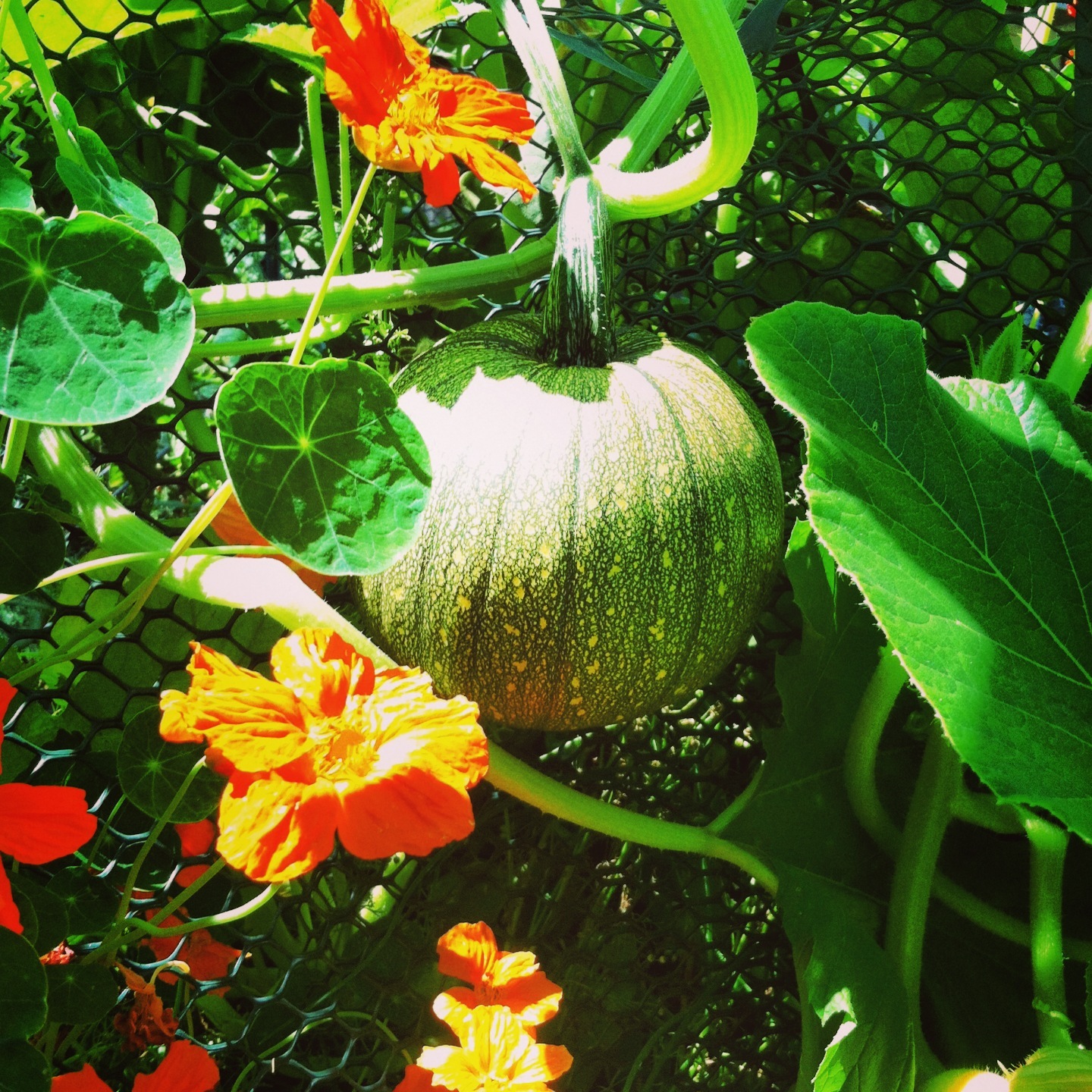
- Peas: Peas are nitrogen-fixing plants, just like beans. They can also help to suppress weeds.

- Spinach: Spinach is a cool-season crop that can be planted early in the season, before pumpkins are ready to be planted. Spinach helps to suppress weeds and can also provide some shade for young pumpkin plants.

- Sunflowers: Sunflowers are tall plants that can provide some shade for pumpkin plants. They can also help to attract pollinators.

Here are some plants that you should avoid planting near pumpkins:
- Brassicas: Brassicas, such as broccoli, Brussels sprouts, and kale, can compete with pumpkins for nutrients.
- Potatoes: Potatoes can attract the same pests as pumpkins, such as squash bugs and vine borers.
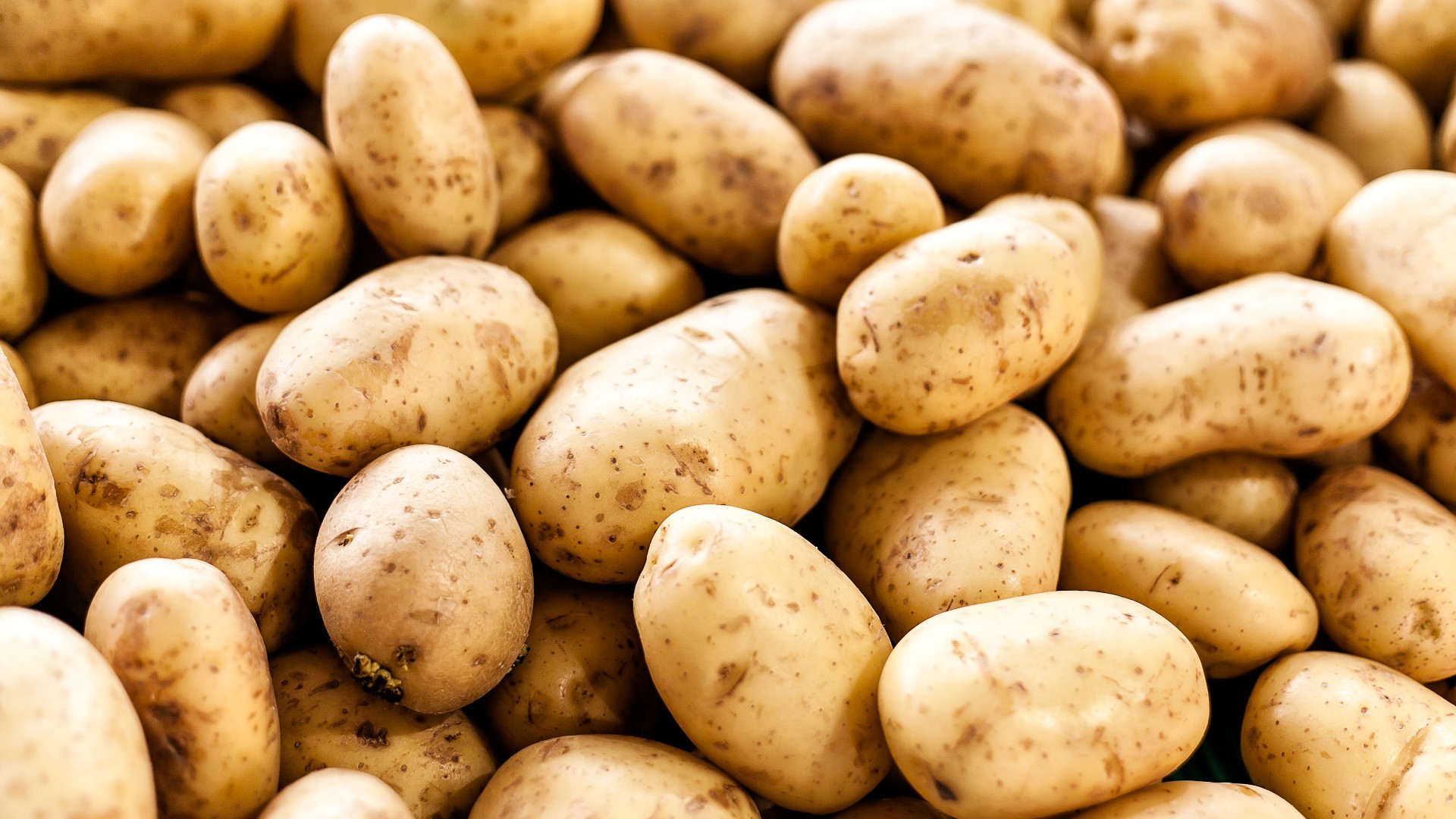
- Tomatoes: Tomatoes can attract the same pests as pumpkins, such as squash bugs and vine borers. They can also transmit a disease called verticillium wilt to pumpkins.
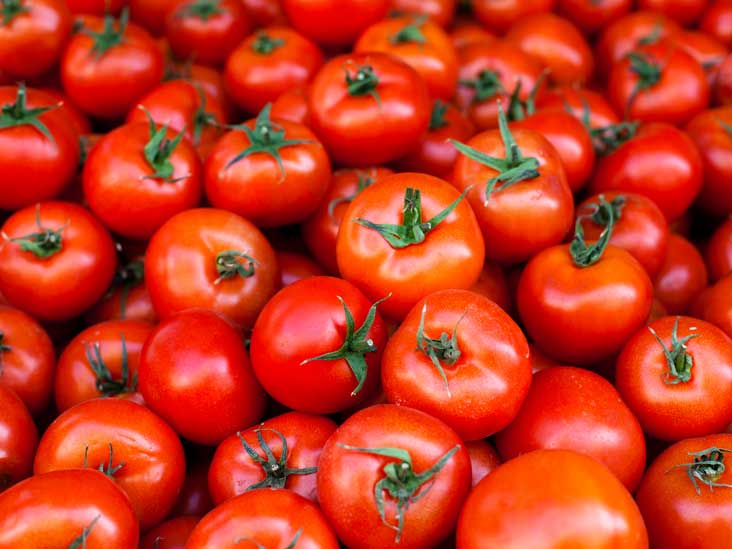
By companion planting with pumpkins, you can improve their yield and quality, while also helping to deter pests and diseases. So next time you're planning your pumpkin patch, be sure to consider which companion plants will be the best fit for your needs.
Pumpkin plants are a great addition to any garden, but they can be susceptible to pests and diseases. Companion planting is a great way to help protect your pumpkins and improve their overall health.
Some of the best companion plants for pumpkins include:
- Corn: Corn is a natural companion for pumpkins, and the two plants can help each other thrive. Corn provides shade and support for the pumpkin vines, while the pumpkins help to suppress weeds and improve the soil.
- Beans: Beans are another great companion plant for pumpkins. They fix nitrogen in the soil, which helps to improve the fertility and health of the pumpkins.
- Marigolds: Marigolds are known for their insect-repelling properties, and they can help to keep pests away from your pumpkins.
- Nasturtiums: Nasturtiums are another insect-repelling plant that can be beneficial to pumpkins. They also attract pollinators, which help to pollinate the pumpkin flowers and produce more fruit.
- Sunflowers: Sunflowers are tall plants that can provide shade and support for pumpkin vines. They also attract pollinators, which helps to improve the yield of your pumpkin crop.
If you're interested in learning more about companion planting with pumpkins, I recommend visiting Gardenia Inspiration. This website has a wealth of information on the topic, including a list of recommended companion plants, tips on how to plant them together, and advice on how to manage pests and diseases.
FAQ of companion planting with pumpkins
- What are some good companion plants for pumpkins?
Some of the best companion plants for pumpkins include:
- Corn: Corn provides shade for pumpkins during hot weather and also marks the boundary of your pumpkin plantings.
- Pole beans: Bush beans repel beetles that feed on pumpkin plants. Pumpkins love a climbing plant! So plant pole beans at the base of your pumpkin vines, and they'll provide support as well as shade.
- Tomatoes: Plant tomatoes in the same area as your pumpkin patch to keep away insects that would eat or damage your pumpkin plants.
- Marigolds: Marigolds are often touted as a deterrent for a multitude of pests, including squash bugs.
- Nasturtiums: Nasturtiums deter pests and attract beneficial insects, such as ladybugs and lacewings.
- What plants should I avoid planting near pumpkins?
Some plants that you should avoid planting near pumpkins include:
- Brassicas (such as broccoli, Brussels sprouts, and kale): Brassicas eat up the nutrients in the soil, so try to avoid planting them near pumpkins.
- Melons: Melons and pumpkins compete for the same nutrients and space, so it's best to avoid planting them together.
- Cucumbers: Cucumbers and pumpkins are both susceptible to the same diseases, so it's best to avoid planting them together.
- Potatoes: Potatoes and pumpkins compete for the same nutrients and space, so it's best to avoid planting them together.
- Sunflowers: Sunflowers can cast too much shade on pumpkins, stunting their growth.
- What are the benefits of companion planting with pumpkins?
There are many benefits to companion planting with pumpkins, including:
- Improved pollination: Some companion plants, such as marigolds and nasturtiums, attract beneficial insects that help pollinate pumpkins.
- Reduced pest pressure: Some companion plants, such as marigolds and nasturtiums, also deter pests that can damage pumpkins.
- Enhanced soil quality: Some companion plants, such as beans and clover, help to improve soil quality by fixing nitrogen and adding organic matter.
- Increased yields: Companion planting can help to increase the yields of pumpkins by providing them with the nutrients and support they need to thrive.
- How far apart should I plant pumpkins?
The spacing requirements for pumpkins will vary depending on the variety of pumpkin you are planting. However, as a general rule of thumb, you should plant pumpkins at least 3 feet apart. This will give them enough space to grow and spread out.
- When should I plant pumpkins?
The best time to plant pumpkins will vary depending on your climate. In general, you should plant pumpkins after the last frost of the season. In cooler climates, you may need to start pumpkins indoors and transplant them outdoors after the weather has warmed up.

Post a Comment for "The Ultimate Guide To Companion Planting With Pumpkins"